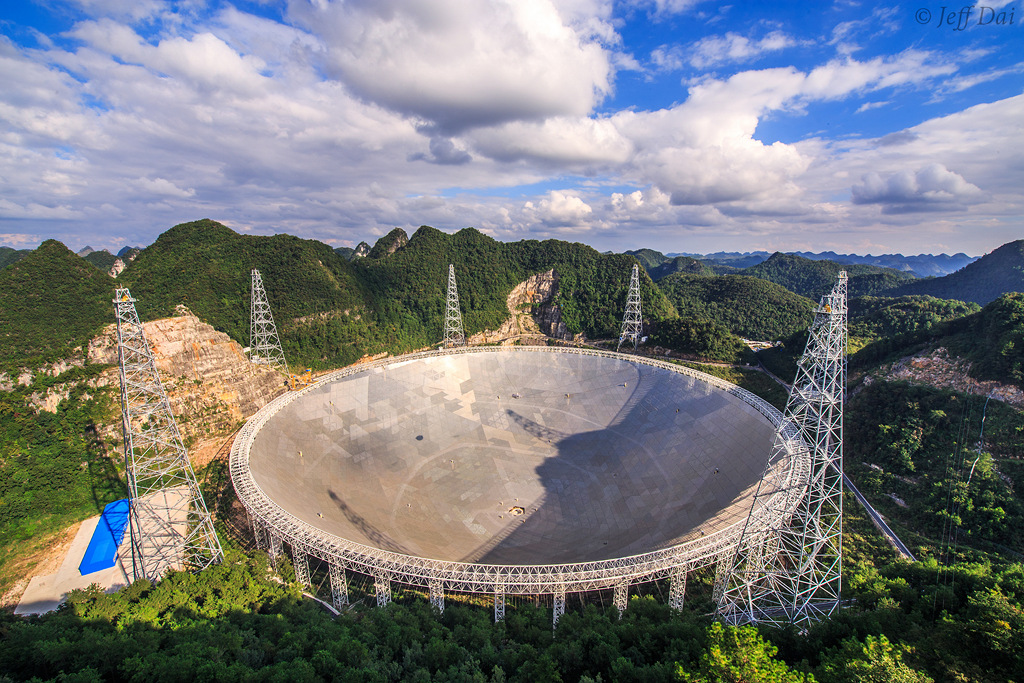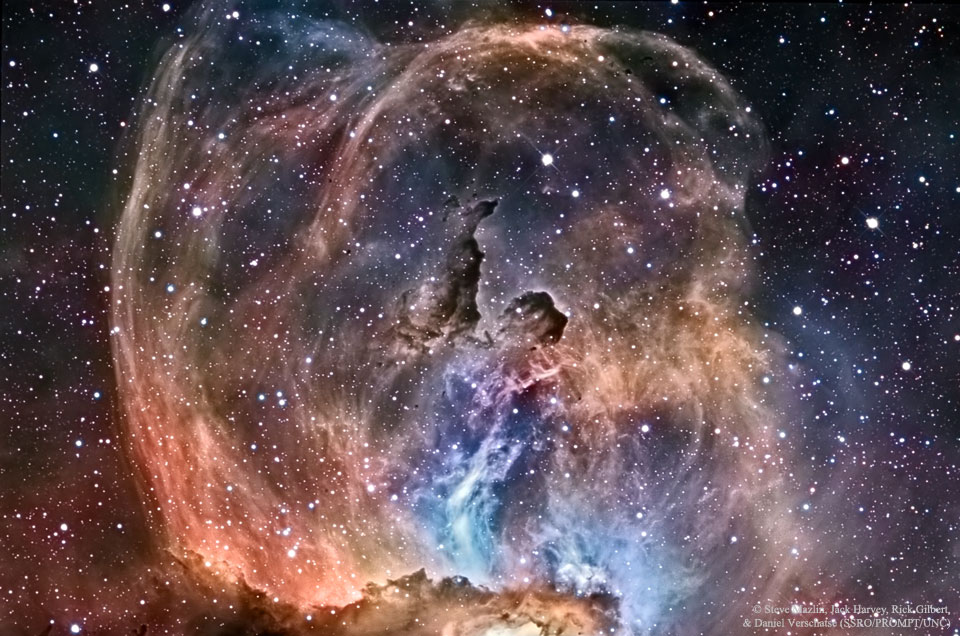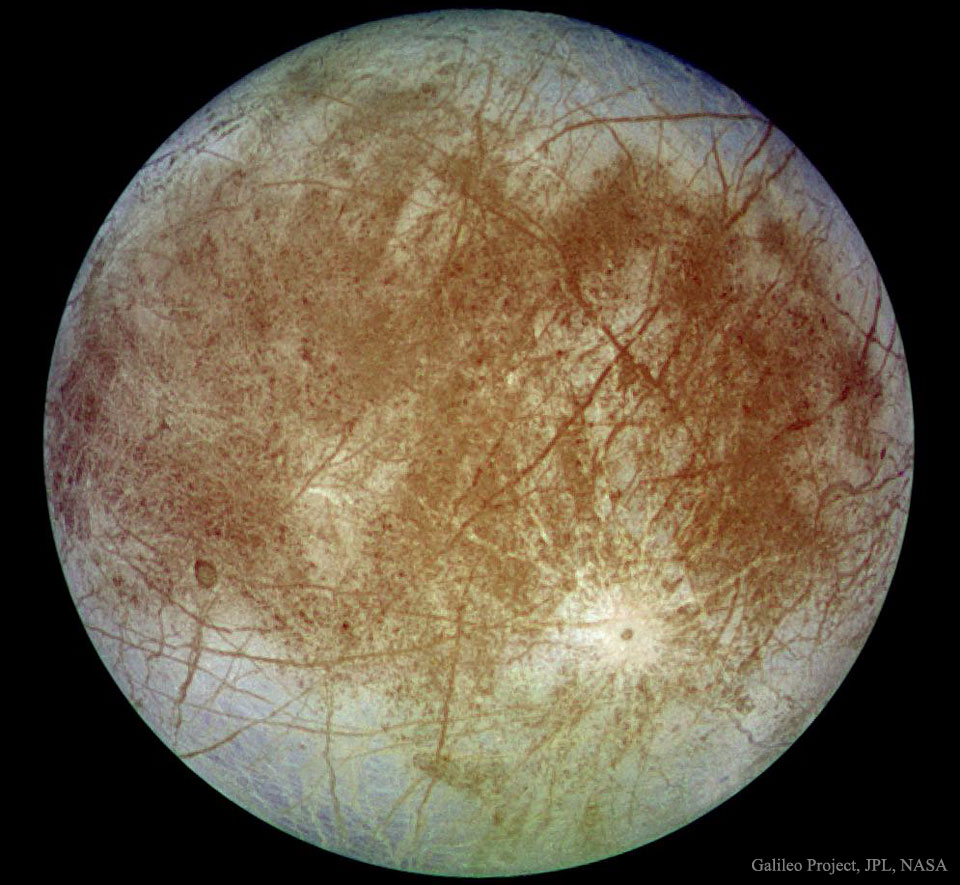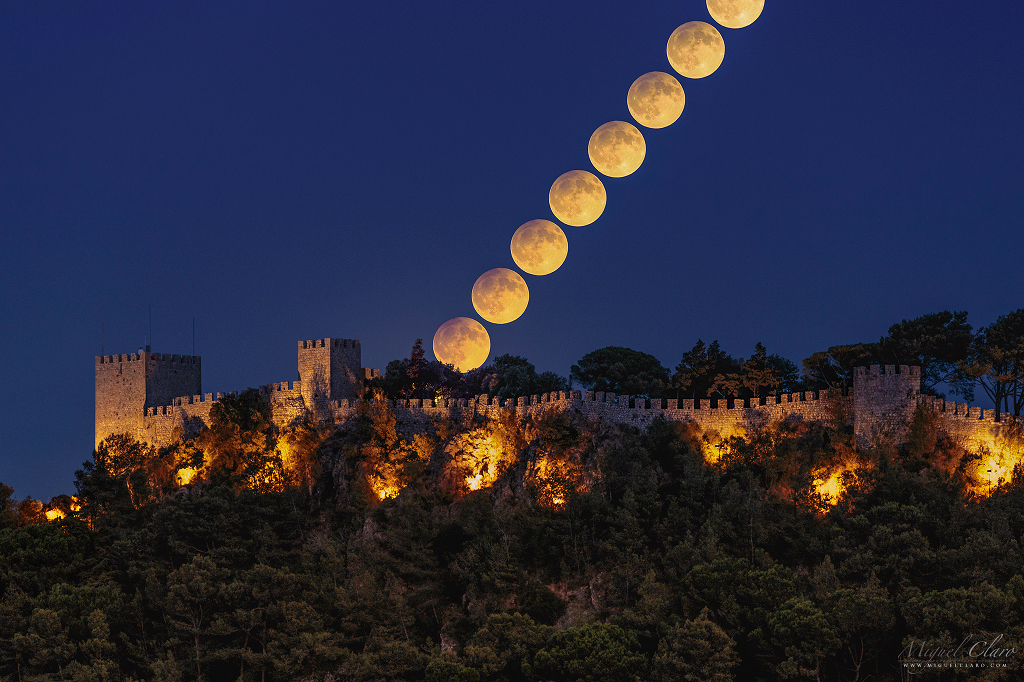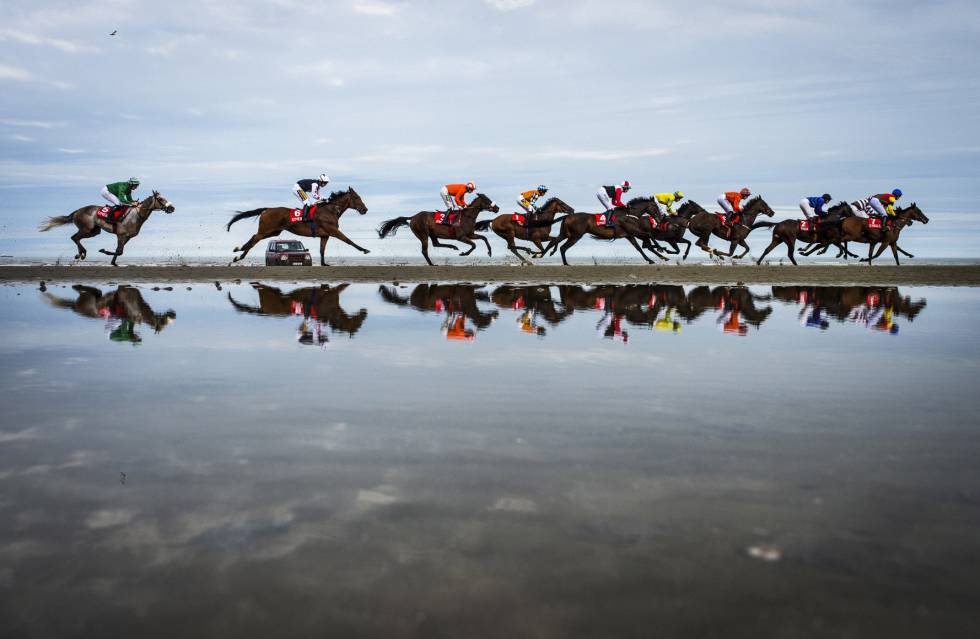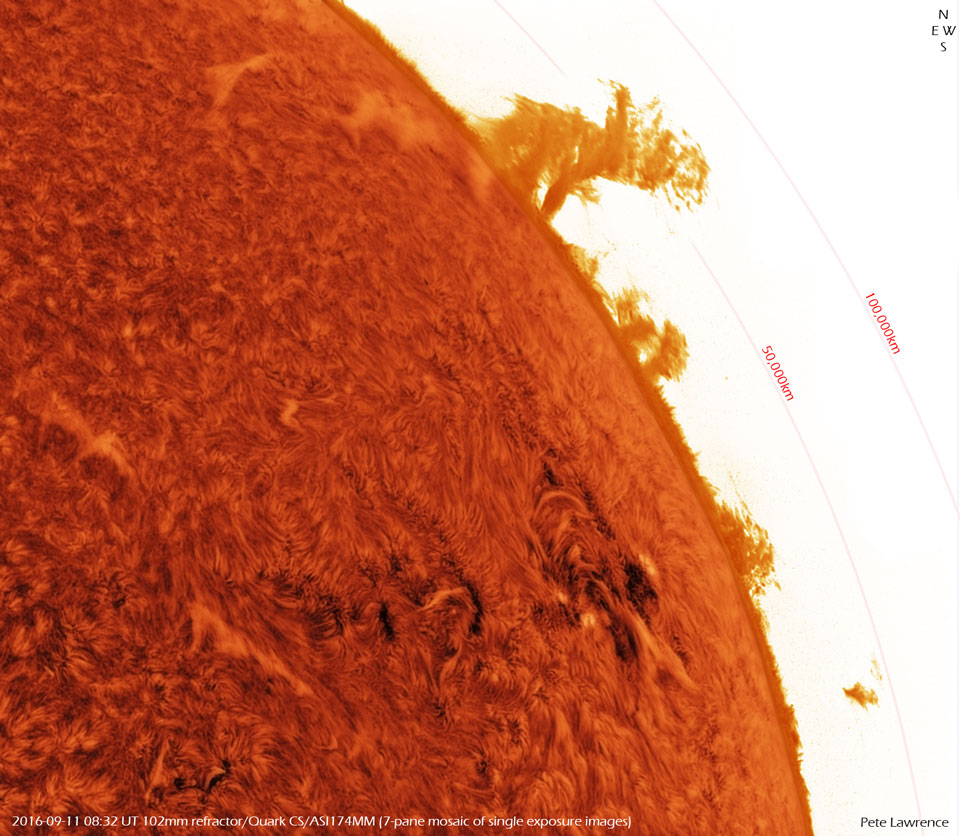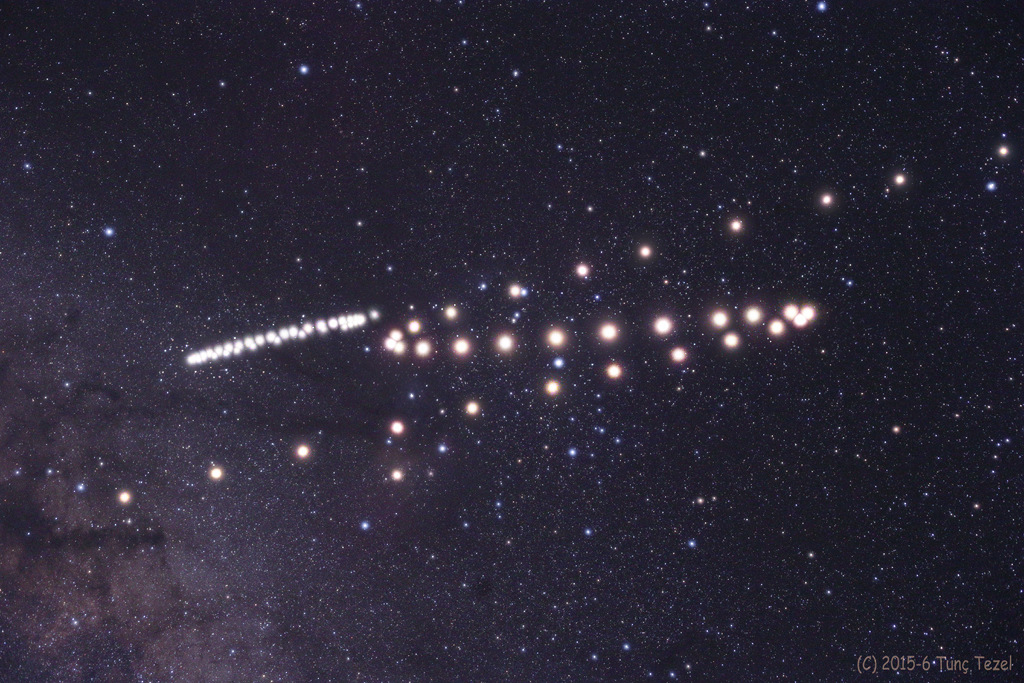The Palace of Ega, built in the 1500s and home to the archives relating to Portugal’s former colonies since 1931, hides one of the most beautiful rooms in the city. Called “Pompeii Hall,” it dates from an 18th-century renovation of the building, and was used as a music room during large banquets. A statue of Apollo, the god of music, was placed under frescoes, by magnificent columns and eight Dutch tile panels from the 1700s illustrating the main European ports.
The name of the palace derives from one of its owners, the Countess of Ega, who allowed General Junot (her lover), to stay in the palace during the French invasion of Portugal. The Countess later married Count Stroganov from St. Petersburg, a city where she later lived and died in. That was also where the Countess found a recipe from her husband’s chef which later became quite popular — stroganoff.
Pompeii Hall used to open for guided tours once a month, but is now completely closed to visitors.
O Palácio da Ega, construído no século XVI e usado como instalações do Arquivo Histórico Ultramarino desde 1931, esconde uma das mais belas salas da cidade. Chama-se Salão Pompeia e data de uma remodelação do edifício no século XVIII. Era um espaço usado como sala de música em grandes banquetes, e por isso foi colocada uma estátua de Apolo, o deus da música. Este encontra-se rodeado de frescos, de magníficas colunas e de oito painéis de azulejos holandeses do século XVIII, ilustrando os principais portos europeus.
O nome do palácio deve-se a uma das suas proprietárias, a Condessa da Ega, que permitiu que o general Junot, seu amante, se instalasse no palácio durante as invasões francesas. A condessa mais tarde casou-se com o conde Stroganov de São Petesburgo, para onde foi viver, acabando por falecer nessa cidade. Foi também aí que a condessa encontrou uma receita do cozinheiro do marido, que mais tarde se tornou bem conhecida -- Estrogonofe.
Houve tempo em que o Salão Pompeia abria ao público uma vez por mês, mas neste momento já não são permitidas visitas.

